Whether you shop for one or a family of four, you’ll know that groceries take a big chunk of your expenses and even your time. With these tips and tricks, you’ll hopefully save a couple of bucks and be a pro shopper in no time!
1. Stay away from the inner aisle.

Try to skip the middle aisles of the grocery store. The aisles are strategically designed to place essential items on opposite ends to force shoppers to pass through each walkway. Avoiding inner aisles could lessen your urge to pick up items you don’t need.
2. Don’t go to the store hungry!

Buying groceries when you’re hungry will make you buy a lot more things. You’ll most likely end up craving for everything you see, so always shop on a full stomach.
3. Eye-level shelves stock the priciest items.

Grocery store aisles are categorically organized. Observe that the shelves placed around the eye-level of a small child is full of sugary, colorful, fun products. The shelves right in the middle, where most adults usually look, display more expensive and branded items. You’re likely to find generic brands and cheaper priced items at the very bottom or at the very top of the shelf.
4. Stay away from ready-made food.
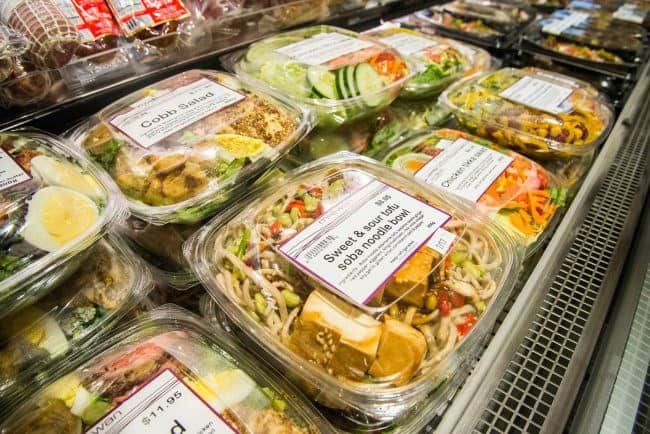
We all love packed food because it’s super convenient, but it’s also more expensive. They could mark these items as much as 40% more since the cost includes the packaging, plus the fee for whoever prepared the food. To cost you less, buy the ingredients separately.
5. Take time to write your grocery list.

You really can’t trust your memory no matter how good you think it is. Before even heading to the store, look around your pantry and list down everything you need to buy. Not only will this help you avoid impulse purchases, you’ll also finish doing your groceries faster.
6. Buy your groceries alone.

Not only is shopping by yourself the quickest way to do groceries, it’s also the most efficient. Bringing along children or even your spouse can be distracting. Chances are you’ll overlook an item on your list or buy things your partner or kids randomly take from the shelves.
7. Shop where it’s less expensive.
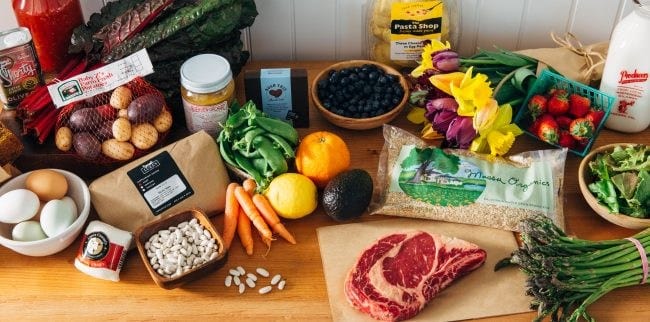
This one’s a no-brainer: choose a budget-friendly store to lessen your spending.
8. Don’t get lured in by expensive branding.

If you’re used to buying particular brands that cost more, try switching to generic options. They’re usually cheaper, and are generally the same as their branded counterpart. Just be sure to read the labels!
9. Take advantage of sales.

Stocking up on items you regularly buy when they’re on sale can save you a lot of money. Check your local grocery shop’s weekly sale schedule so you don’t miss out on saving big!
10. Buy in bulk or bigger packages.

If you’ve got a big family, buying larger quantities of grocery items will cost you less. Take note of your weekly consumption so you know what things are better to buy in bulk.
11. Buy goods at the local farmer’s market.

Check your area for a local farmer’s market. Aside from getting fresh and hormone-free meat and dairy, the farmer’s market usually costs less compared to grocery stores. They receive agricultural produce firsthand without the need to put up a higher markup price.
12. Apply for grocery store memberships.
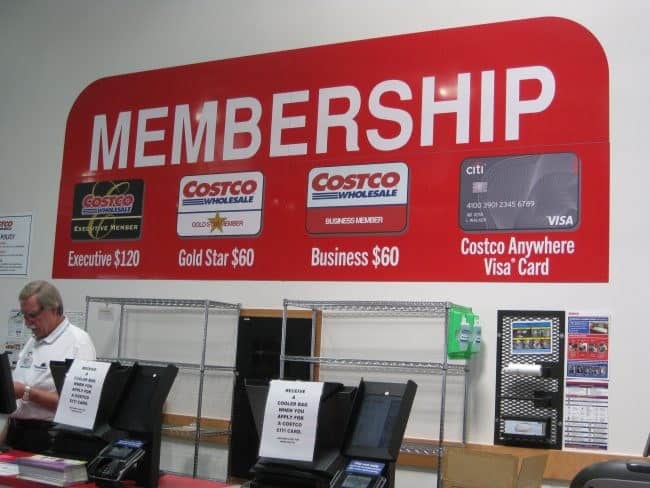
Oftentimes, being a member of a retail or grocery store gives you perks, privileges, freebies, and of course, discounts! If the cost of the membership might seem like an extra spending, consider the lifetime amount of discounts you can get.
13. Use a smaller cart.

A smaller grocery cart will help limit your purchases. Because you’ve only got such small space, you’re reminded that you only really need to buy what you need.
14. Plan meals that focus on seasonal produce.
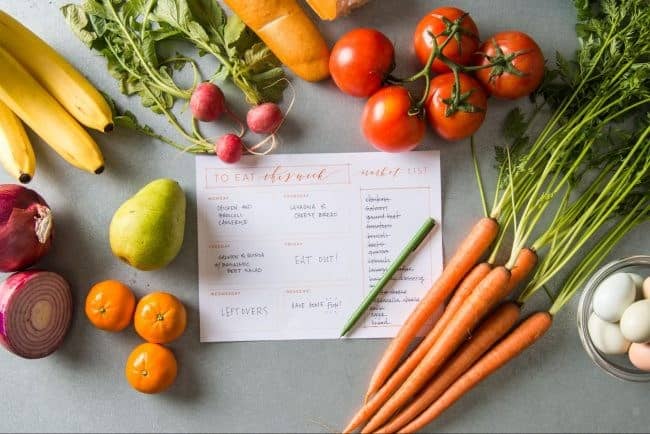
Vegetables and fruits are cheaper when they’re in season, so try to build your meals around that.
15. Keep an eye on your purchases while at the register.

Make sure you’re watching the items you brought with you through the checkout line. Review them if it’s really what you picked and placed in your cart. Make sure it rings up the correct price based on the label on the shelf. If you don’t watch closely, you might be overcharged or end up paying for an item you didn’t intend to buy.
16. Use what you have and avoid making any food waste.
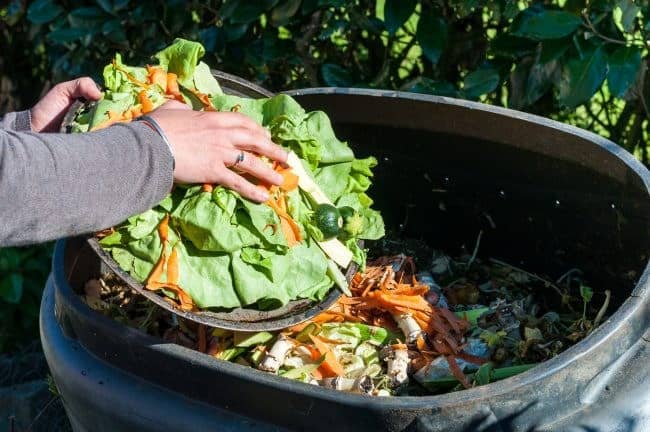
There’s a ton of ways to keep your leftovers from going to waste. For instance, if you still have a lot of leftover grilled chicken from last night, cut out the meat parts into thin slices and top ’em on salads or use them for a wrap. Less food waste means more meals, and more savings!
17. Look for substitutes.

If you’re planning to cook something that doesn’t really require a specific or an expensive ingredient, consider buying cheaper alternatives.
18. Bring a calculator with you.
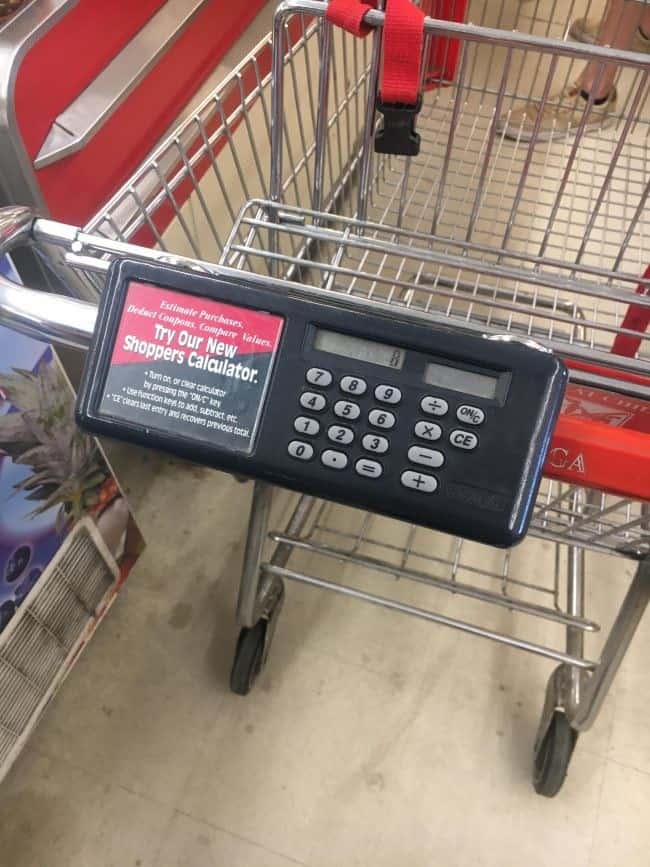
If you’re not in the habit of keeping track of your grocery budget while out shopping, now is a great time to start. Bring a calculator with you or use the app on your phone to get at least an estimate of everything in your cart before you head to the checkout counter.

